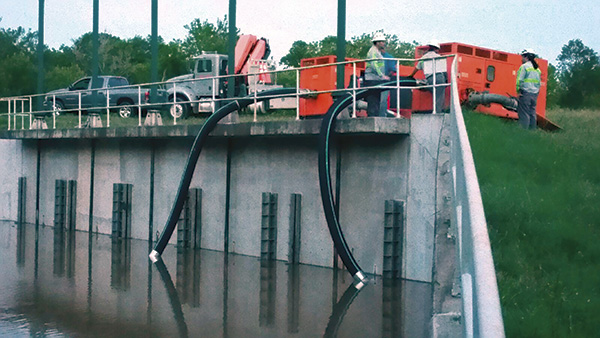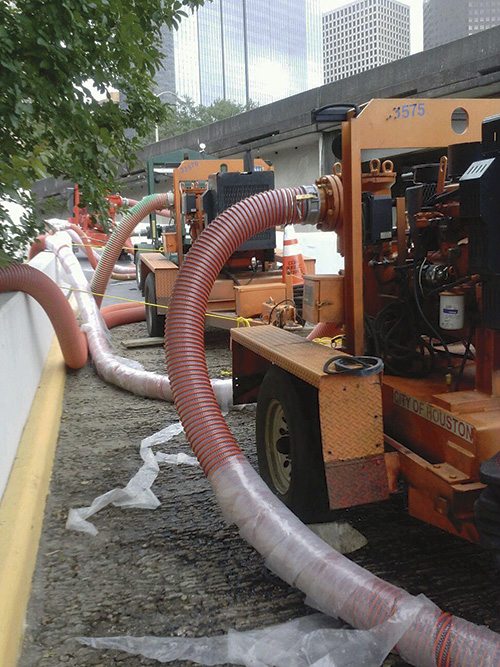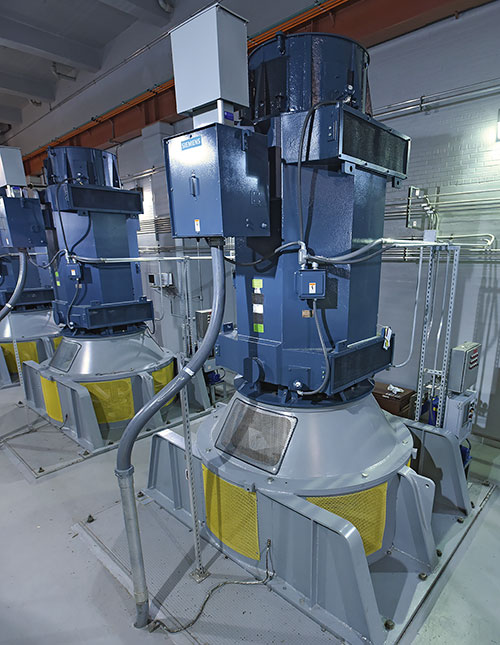Xylem assists in flood relief efforts by deploying dewatering pumps across the state.
06/30/2015
In light of the recent record-setting floods in Texas, government entities, companies and individuals have stepped forward to ease the pain of residents and businesses across the ravaged state. Employees of Xylem, with offices in Houston, Dallas, San Antonio and Corpus Christi, acted quickly to support the dewatering needs of local businesses.
 Image 1. According to the NWS, more than 37 trillion gallons of water have fallen in Texas. (Courtesy of Mike McGuff)
Image 1. According to the NWS, more than 37 trillion gallons of water have fallen in Texas. (Courtesy of Mike McGuff) Image 2. 12-inch pumps were deployed to San Antonio and Houston and then in North Texas to fight a series of different storms. (Courtesy of Xylem)
Image 2. 12-inch pumps were deployed to San Antonio and Houston and then in North Texas to fight a series of different storms. (Courtesy of Xylem) Image 3. The Xylem team spent weeks in June dewatering industry facilities, municipal complexes, parking lots, schools, hotels, and other businesses and areas throughout flood-affected Texas. (Courtesy of Xylem)
Image 3. The Xylem team spent weeks in June dewatering industry facilities, municipal complexes, parking lots, schools, hotels, and other businesses and areas throughout flood-affected Texas. (Courtesy of Xylem) Image 4. NWS declared May the rainiest month in Texas history. (Courtesy of Xylem)
Image 4. NWS declared May the rainiest month in Texas history. (Courtesy of Xylem)MASSIVE PUMPS PROTECT COMMUNITY ON THE FLOOD-PRONE OHIO RIVER


